Die casting machine conveyor types mainly have five types. Including walking-type mold conveyor, step-by-step casting mold conveyor, clamping mold conveyor, suspension conveyor of die casting machine conveyor and scale plate conveyor.
The die-casting machine conveyor belt is a key auxiliary equipment in the die-casting production line, mainly used for the transportation, cooling, post-processing and process connection of castings.
Through modular design and automated integration, die-casting machine conveyor belts have become key equipment for improving production efficiency and ensuring casting quality. Selection should be based on comprehensive considerations of the casting material (temperature requirements), process connection methods, and spatial layout, with attention paid to safety standards and future intelligent expansion capabilities.
There are many die casting machine conveyor types, each with its own specific design and functional characteristics. The following are five detailes:
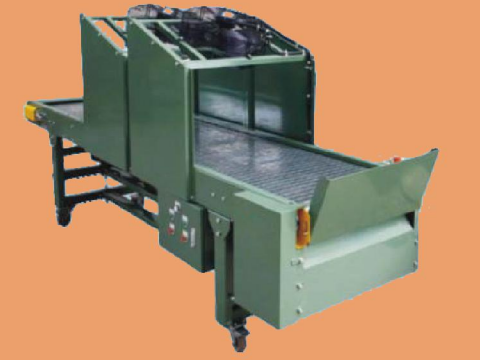
Walking-type mold conveyor
This die casting machine conveyor types usually used in conjunction with a large vertical parting boxless injection molding machine.
It conveys molds by walking, has good electrical and hydraulic control performance. It can also realize automatic operation, reduce the labor intensity of workers, and improve production efficiency.
Definition and Core Features
A walking conveyor is defined as a device that periodically moves workpieces in a linear motion, used in applications such as assembly plants and foundries.
Its characteristics
- Motion: Intermittent (periodic) movement with a fixed step distance (0.4–6 meters) per movement.
- Load Capacity: Can simultaneously transport 4–70 workpieces, with a total weight of 3–400 tons.
- Structure: Consists of identical modular segments, with a total length of up to 150 meters and a speed of 1–20 meters per minute.
Specific Applications in Die-Casting Production
Synchronized Mold Transfer: The article mentions that a stepper conveyor operates synchronously with the die-casting mold, ensuring precise mold movement between workstations and coordinating with the injection hood to complete metal injection.
Automated Integration: The article notes that die-casting plants (such as 6,500-ton die-casting machine production lines) use automated conveyors for inter-process transportation, with stepper conveyors being a typical example of such systems.
Cleanliness and Efficiency Improvement: While describing continuous metal conveyors, the article emphasizes the use of conveyors in die-casting for gate transfer (maintaining uniform temperature and preventing sticking), indirectly suggesting that stepper designs may be used in similar precision control scenarios.
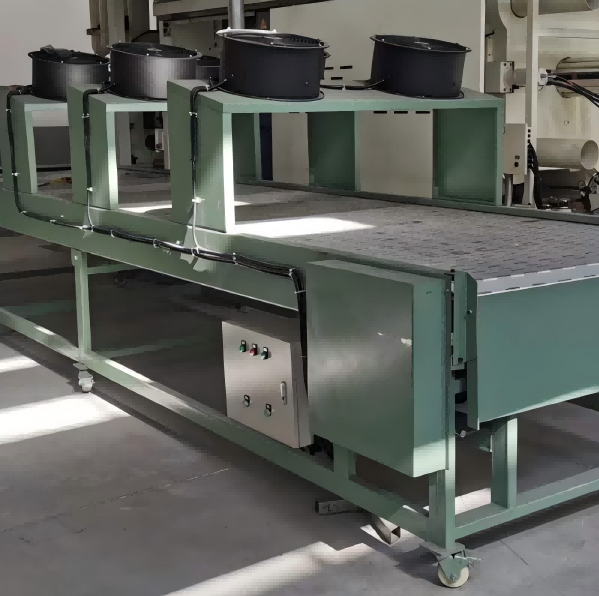
Step-by-step casting mold conveyor
This kind of die casting conveyor consists of three working step conveying trains, which are controlled by electricity, hydraulics and gas.
Core features
It can automatically complete the operations of inserting the mold, pressing the iron, and cleaning the residual sand of the mold and pressing the iron. Therefore, it can improve production efficiency and casting quality.
Stepping Motion
The mold moves on the conveyor in intermittent, step-by-step motion, rather than in a continuous flow. Pauses are made after each movement to facilitate specific steps (such as injection, cooling, and demolding).
Precise Positioning and Synchronization
The conveyor must ensure precise alignment of the mold with equipment (such as the injection port) at each station and synchronize its operation with auxiliary equipment (such as the spray hood).
Circulating Stepping Conveyor
Structure: A circular design with molds mounted on a conveyor chain and progressively advanced by mechanical or hydraulic drive.
Rotary Intermittent Conveyor
Structure: Multiple molds are mounted equidistantly on a rotating platform, which rotates intermittently.
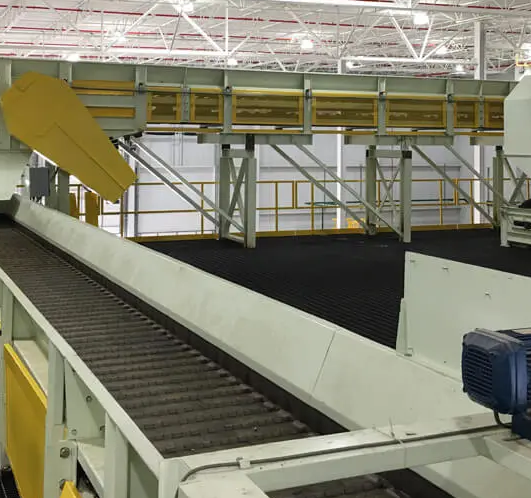
Clamping mold conveyor
This type of conveyor is mainly used in conjunction with vertical parting boxless molding machines.
But it has some disadvantages: such as it is not conducive to the transportation of large molds; the sand mold is easily damaged when it is too large; and the cleaning work is heavy.
Types and Principles Of Direct-pressure Clamping Mechanisms
A motor directly drives a ball screw or hydraulic system to achieve linear motion of the mold plate.
Its advantages include eliminating the need for mold thickness adjustments, and utilizing a speed-variable device (such as a gear reducer) to enhance clamping force during the clamping phase.
This allows for high-speed movement during the mold opening and closing phases, eliminating the need for a high-power motor.
Toggle-type clamping mechanism
A hydraulic cylinder drives a linkage mechanism, enabling rapid mold opening and closing while generating high clamping force to withstand the injection pressure of the molten metal.
Electrically Driven Type
This type of clamping mechanism is a linkless, electrically driven mechanism that uses a half nut and tie bar to drive the movable platen via a motor.
Multiple clamping force generating mechanisms are located between the fixed platen and the base.
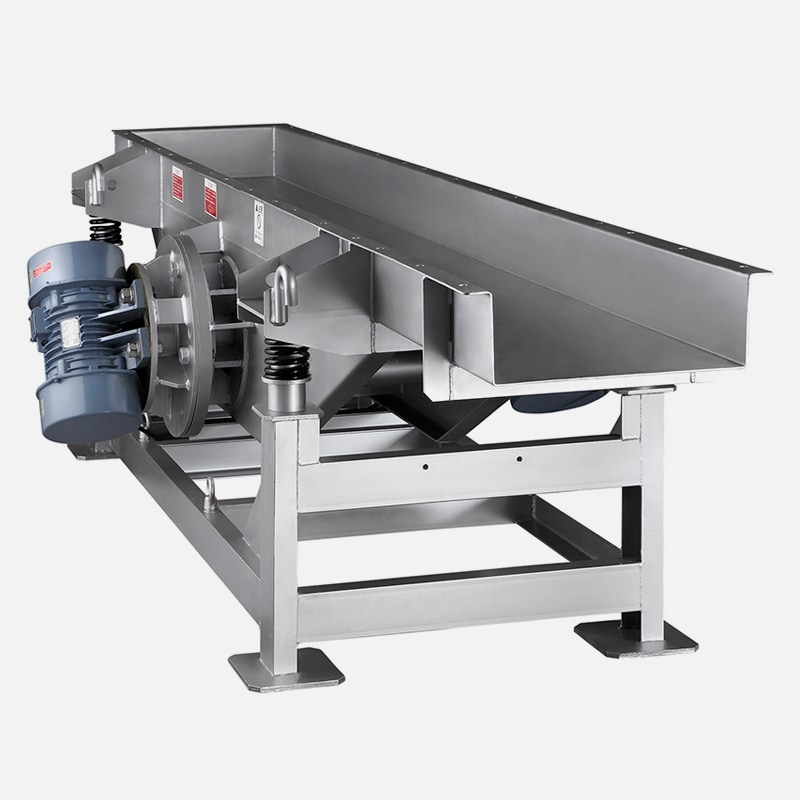
Suspension conveyor of die casting machine conveyor types
This type of conveyor consists of multiple independent conveyor chains. It uses in transport castings and pouring risers in the foundry, complete the cooling process of castings.
It has the function of storing castings. And it can solve the connection problem between the molding workshop and the cleaning workshop process.
Definition
A standard overhead conveyor is a type of conveying equipment used with die-casting machines. It is designed for heavy-duty logistics and is particularly suitable for fully enclosed, automated operations in coating production.
Structural Features
Track: Utilizes an I-beam structure to ensure load-bearing stability.
Chain Type: Available in die and stamping chains to accommodate varying load requirements.
Function: Primarily used for air logistics and balancing, supporting the continuous conveying of high-temperature or large workpieces.
Specific Application Scenarios in Die-Casting Production
Post-Processing: After die-cast castings are removed from the mold, they are picked up by a robot and slowly moved onto a suspended conveyor for natural cooling or forced air cooling.
Automated Integration: Can be integrated with RFID scanning systems to enable casting identification and production data traceability, improving automated assembly line efficiency.
Surface Treatment: During the shot blasting process, a monorail suspended conveyor is used to transport castings into the shot blasting chamber. Rotating hooks ensure uniform surface treatment, making it suitable for aluminum die-castings, etc.
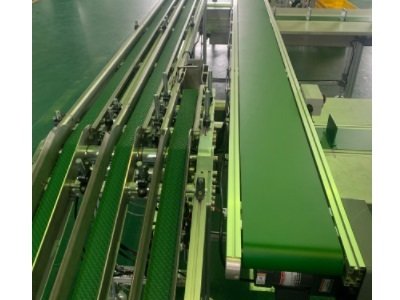
Other Related Conveyor Equipment Types
Belt Conveyors
Used for transporting cooled castings. They offer a simple structure and low maintenance, but are primarily used for lightweight or room-temperature workpieces.
Roller Conveyors
Suitable for palletized transport, often used in assembly and packaging.
Chain Plate Conveyors: Highly resistant to high temperatures, suitable for transporting hot castings.
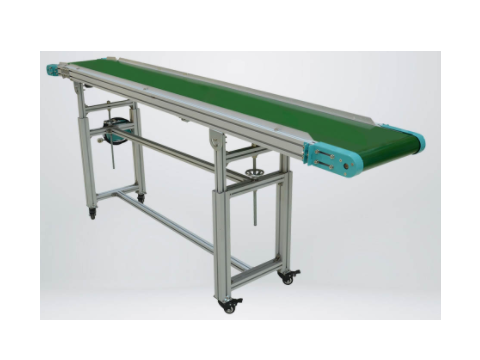
Scale plate conveyor
This is a high-efficiency conveying equipment with simple structure, reliable operation and no noise. It is suitable for conveying hot castings or burnt sand after falling sand in the foundry.
Scale plate conveyor can convey horizontally or at a certain slope over a long distance. Moreover, the multiple conveyors can be configured for diverting transportation.
Flat Plate Conveyors
- Structure: Consists of a continuous metal flat plate forming the load-bearing surface.
- Application: Designed specifically for transporting heavy and large castings, especially for cooling and transporting high-temperature castings (such as die-castings freshly demolded).
- Advantages: High load capacity, high stability, and the ability to withstand high temperatures and shocks.
Slat Plate Conveyors
Structure: Consists of individual metal slats connected by chains.
Application: Used for transporting heavy, irregularly shaped or easily wobbled castings, such as forgings and large castings.
Advantages
- Flexible adjustment between slats accommodates castings of varying sizes.
- Drag chain design enhances load capacity and long-distance transport capabilities.
- Can operate horizontally or inclined, supporting multi-point feeding.
Chain Plate Conveyor
Structure: Metal slats are fixed to chains, forming a continuous load-bearing surface.
Technical Improvements
- Optimized roller structure (such as beveled end design) reduces deflection and wear, extending service life.
- Customizable plate widths (650mm, 800mm, 1000mm, and 1200mm), with a maximum load capacity of 30kg to 120kg per casting.
Applications
Suitable for mining, power generation, foundry, and other fields, especially for transporting high-temperature, corrosive materials.
Haichen die casting machine
Haichen is one Chinese die casting machine manufacturer for more than 10years. We produce both high pressure cold chamber die casting machine and hot chamber die casting machine.They have durable and highly precise features. Haichen also produce die casting machine auxiliary equipment. Such as conveyor, vacuum machine, mold temperature controller, industrial robot, sprayer and so on.
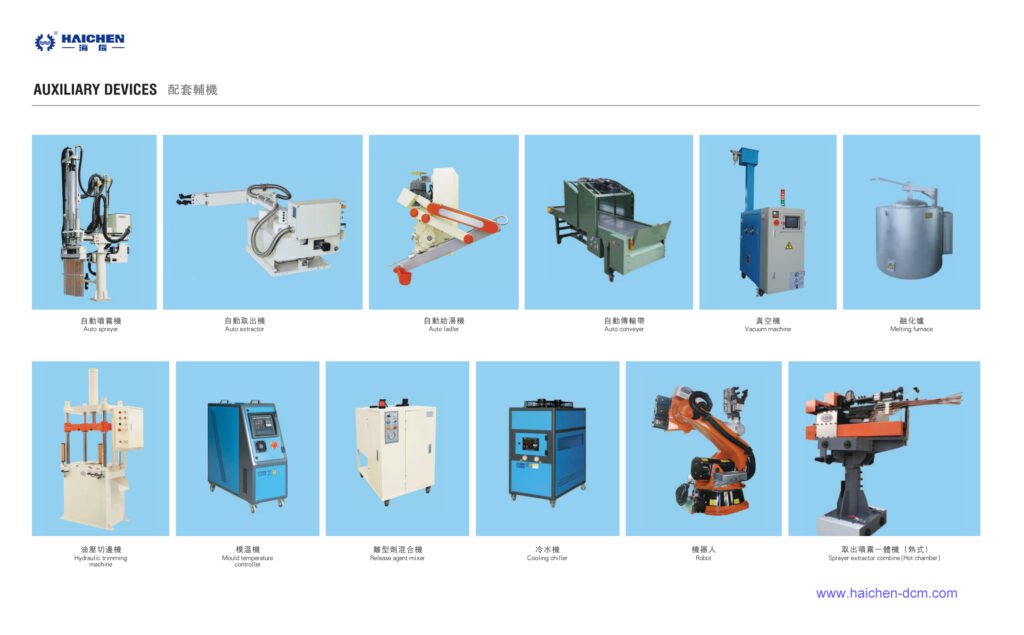
The design and application of these die casting conveyors have different focuses. According to different production requirements and environmental conditions, suitable equipment can be selected to improve production efficiency and product quality.



